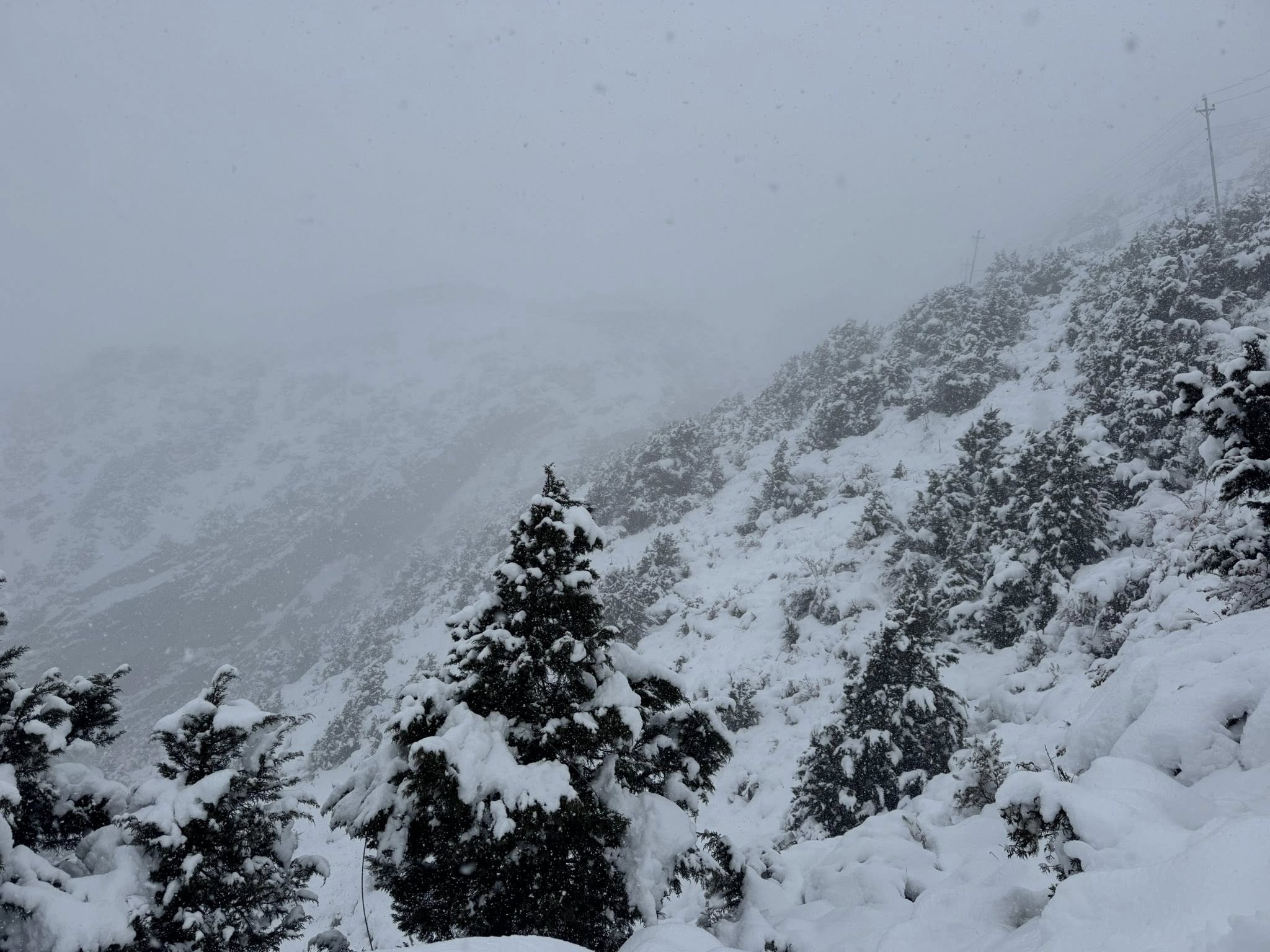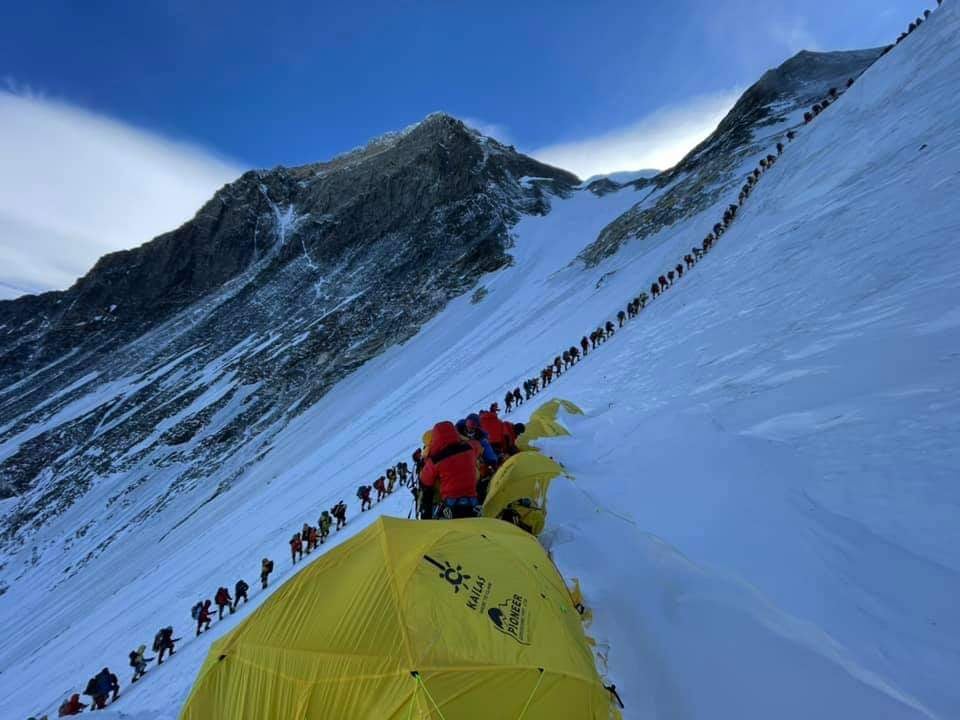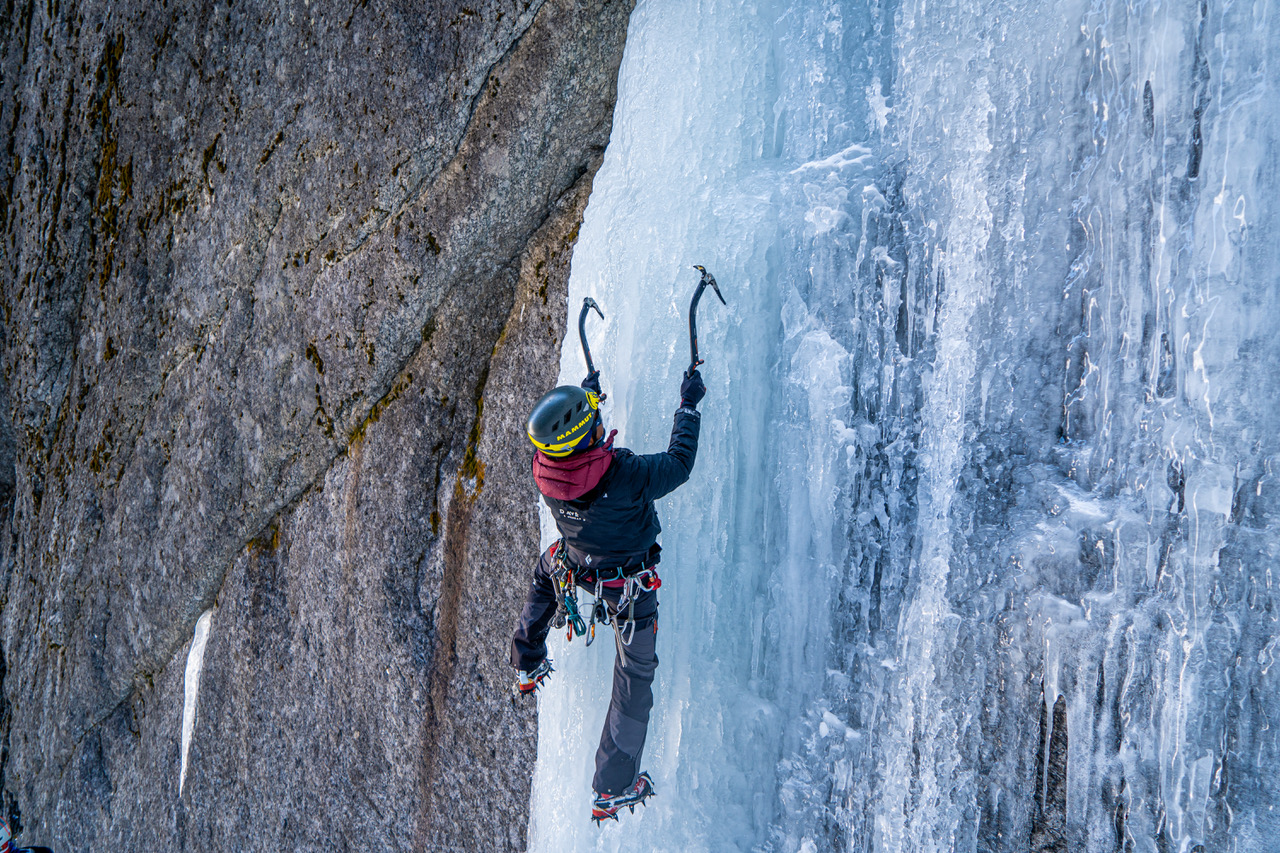Heavy snowfall disrupts tourism activities; authorities urge caution
Mountaineering and tourism bodies issue urgent warnings as severe weather blankets high-altitude regions, stranding trekkers and halting expeditions
A spell of snowfall and rain across Nepal’s high hilly and mountainous regions has disrupted tourism activities, prompting urgent safety advisories from national tourism and weather authorities.
A sudden change in weather has not only halted the travel plans of those en route to various destinations but has also caused difficulties for tourists already in affected areas.
At least 1,500 tourists stranded at Tilicho Base Camp in Manang due to continuous snowfall since Monday night have been rescued and brought down to Khangsar, a lower stopover point. Thousands of domestic and foreign tourists are currently trekking in the Annapurna and Everest regions.
As heavy snowfall continued in the Everest region on Tuesday, trekkers heading to or returning from Everest Base Camp were forced to stop along the route. Constant snowfall has been reported in the area above Dingboche in the Khumbu region.
Local authorities said there are currently more than 2,100 domestic and foreign tourists in the upper areas of Solukhumbu district, urging all to avoid travel until weather conditions improve.
This is the peak trekking season, and both the Khumbu and Annapurna regions have seen a surge in visitors despite the current unrest in the country. Expeditions are underway in both areas, with Himlung and Ama Dablam among the major peaks attracting climbers this autumn, particularly those attempting higher mountains.
The Nepal Mountaineering Association (NMA), the Department of Tourism (DoT), and the Nepal Tourism Board (NTB) have all issued warnings, urging climbers and trekkers to avoid high-altitude routes and remain in safe shelters until conditions improve.
According to the Department of Hydrology and Meteorology (DHM), a combination of westerly winds and a low-pressure system over the Arabian Sea has brought widespread precipitation to western and central Nepal.
The DHM has also forecast moderate rainfall across many parts of Madhesh and Koshi provinces, as well as in some areas of Bagmati Province, due to the influence of the developing ‘Montha’ cyclone in the Bay of Bengal, which is expected to reach Nepal by Thursday evening. Light rainfall is also expected in parts of Gandaki and Lumbini provinces.
The DHM cautioned that several districts — including Gorkha, Manang, Myagdi, Kaski, Dolpa, Humla, and Jumla — face an increased risk of flooding, avalanches, and other precipitation-related hazards.
The NMA has requested all climbing teams and trekkers currently in high-altitude regions to suspend their expeditions and avoid crossing mountain passes.
“We urge all trekking and climbing groups to stay in safe locations and remain in contact with the Nepal Mountaineering Association and their respective trekking companies,” the association said in a statement.
The Department of Tourism also advised both domestic and foreign tourists to remain on high alert and to travel only after confirming favorable weather forecasts from the DHM. It further urged those in need of assistance to contact the local administration, the Department of Tourism, or the Tourist Police, and called on local businesses to provide safe accommodations and fair pricing during the disruption.
In its nationwide advisory, the Nepal Tourism Board said that heavy snowfall is likely to affect high-altitude areas in Gandaki, Lumbini, and Karnali provinces.
Local administrations in the Annapurna and Manaslu regions have temporarily suspended trekking activities due to safety concerns. The popular Annapurna Base Camp (ABC) trail has been closed until October 31 following continuous snowfall and poor visibility.
Heavy snow around the Annapurna Base Camp, Manang, and Mustang regions has turned the landscape white, stranding dozens of trekkers.
As unstable weather continues across Nepal’s Himalayas, authorities emphasize the need for close coordination between local administrations, tourism operators, and travelers to prevent further incidents and ensure the safety of all those in affected regions.








